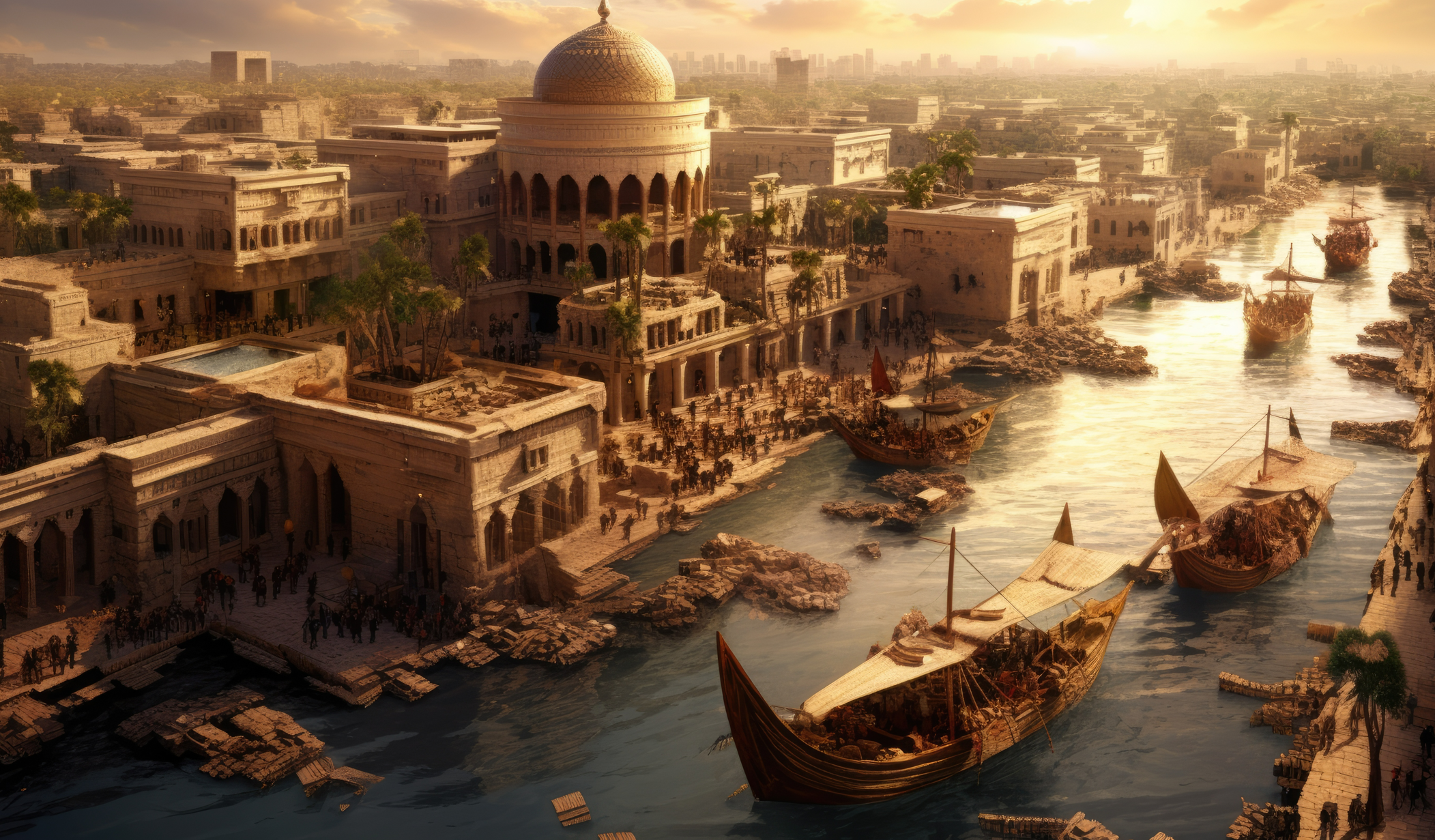
Imagine a city so impactful that it gets its very own period in history. Welcome to Uruk, the ancient gem of Mesopotamia, just a short journey south from today’s bustling Baghdad. Nestled beside the Euphrates River, this city, over time, has seen the river’s waters recede and change course, leaving Uruk 12 miles from its banks.
Uruk’s roots reach back to the Ubaid period, around the 7th to 4th millennium BC. Although it’s been around since then, Uruk started flourishing around 3800 BC. So impactful was its influence that historians dubbed the era from 3800 to 3200 BC the “Uruk period.”
What made the Uruk period so noteworthy? It was during these centuries that Mesopotamia saw its first city-states emerge from humble village origins. As these villages morphed into bustling towns, Uruk was at the forefront, setting the gold standard. The city’s transformation is etched in its grand monuments like the Anu Ziggurat, sprawling temples, and majestic administrative hubs.

Uruk Temple of Charyos (tobeytravels / CC by SA 2.0)
But Uruk wasn’t just about grand structures. This city was where the first seeds of written communication were sown. Clay tablets etched with simple pictograms, the precursors to writing, were discovered here. And the city’s expansive reach is evident from the luxury imports found within its walls, pointing to robust foreign trade. Uruk’s ambitions weren’t just limited to commerce; its rulers were keen on expanding their territory and influence.
Like any great city, Uruk had its highs and lows. While it often stood tall and independent, there were times it bowed to foreign rulers. From the Akkadians and Assyrians to the Achaemenids and Seleucids, many sought to control this jewel of Mesopotamia. Yet, Uruk’s spirit remained undiminished until around the 2nd century AD when it was finally abandoned.
Uruk’s legacy, however, remains immortal, a testament to the indomitable human spirit and the endless march of civilization.
Top image: An illustrative reconstruction of Uruk. Source: Rick / Adobe Stock.






